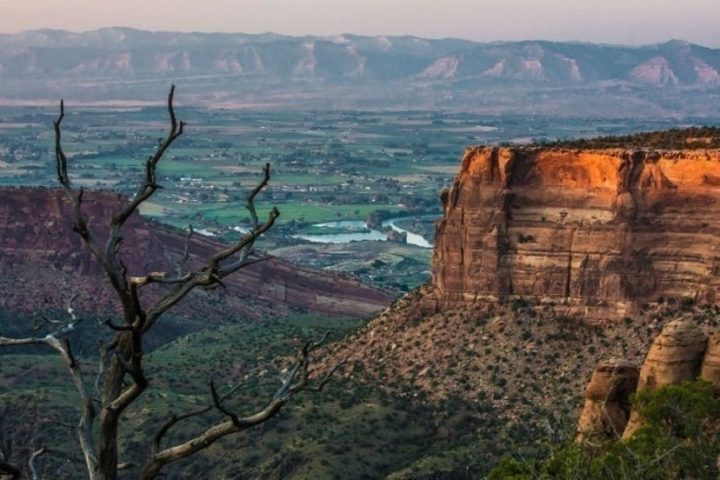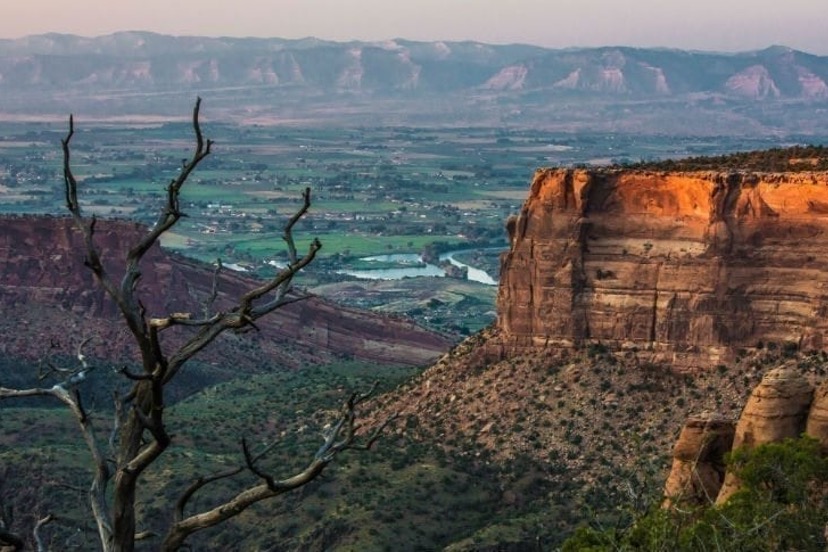As mentioned previously in this editorial series, I currently serve on the San Juan Water Conservancy District board, but these editorials do not necessarily reflect the opinions of the SJWCD board as a whole, or of any other SJWCD board members. I don’t know whether anyone else on the SJWCD board agrees with my general position on the subject of “water speculation”.
Unlike certain board members on certain local government boards, my favored approach tends to be in a “fiscally conservative” direction. Not that I would call myself a “political conservative”. Not by a long shot. But my experience reporting on government decisions here in Archuleta County, since 2004, has led me to form the opinion that elected and appointed leaders are typically less careful about spending the taxpayers’ money, than they would ever be spending their own money.
And you could probably classify me as a “water resource conservative.” I’m generally skeptical about enormous public investments in water reservoir projects, in a climate where a significant portion of the stored water will evaporate into thin air before anyone has a chance to make use of it. In the climate here in the American Southwest, for example.
There are other ways to control water resources here in Colorado, of course, that don’t necessarily involve storage projects. Such as purchasing agricultural water rights — the class of water rights so often considered to be “senior” to other water rights. When conditions arise — say, at a certain time of year — where there’s not enough water available in the river or irrigation ditch to allow everyone to takes however much they want to take, Colorado water law gives preference to the water right that was adjudicated at the earliest date. If you have a water right dating from 1905, and I have a water right dating from 1965, you are guaranteed the right to your full allocation of water before I can use a single drop of water. They call it, “first in time, first in right.”
This past Monday evening, the San Juan Water Conservancy District held a special meeting with a few items on the agenda, but most of the meeting focused on a particular water right owned by the District. Back in the late 1960s, someone determined that Archuleta County could — at some point in the far distant future — benefit from a good-sized reservoir near the headwaters of the West Fork of the San Juan River. The location of the reservoir, appropriately named the West Fork Reservoir, is smack dab in the middle of the Bootjack Ranch. Apparently, there was a time (back in the late 1960s?) when the owner of the Bootjack Ranch felt comfortable with the idea of a good-sized reservoir in the middle of his/her ranch — but the current ranch owner has different ideas, and obtained an agreement, from a previous SJWCD board, to move the reservoir water right to a totally different location — by June 2021.
This is a “conditional water right”, meaning that no reservoir has yet been constructed. A conditional water right is sort of like ‘pre-qualification’ for a mortgage loan, where the bank says you can have the money, in the future, whenever you find a house for sale that fits your budget. But while you are waiting to ‘perfect’ a conditional water right, you be paying attorneys and water engineers to defend your proposed project in water court, on a regular basis. The time and expense of protecting a conditional water right can be significant.
The West Fork Reservoir has been defended by attorneys and water engineers since 1968. I’m sure no one has been tracking how much the Archuleta County taxpayers have contributed, over those many years, to protect this conditional water right.
I will be reporting on that special meeting in a future installment.
But to get back to our main subject: water speculation. Hedge funds, buying up Colorado ranches and farms with ‘senior’ water rights.
No one will tell us why a New York hedge fund, Water Asset Management, has bought up thousands of acres of irrigated agricultural land in the communities of Fruita, Loma and Mack, west of Grand Junction. We know a few things, however. We know that the agricultural water rights in this area of Colorado generally date from around 1912 — and that the water comes from the Colorado River and its tributaries.
That means the rights were adjudicated prior to the Colorado River Compact of 1922.

From a June 7, 2020 article on The Aspen Times website, written by reporters Heather Sackett and Luke Runyon:
The thing many water managers and users in Colorado fear most is what’s known as a compact call. Under the terms of the 1922 Colorado River Compact, the Upper Basin states (Colorado, Utah, Wyoming and New Mexico) are required to deliver [7.5 million acre-feet of water per year] to the Lower Basin states (California, Nevada and Arizona). If the Upper Basin can’t deliver because of drought, climate change, or any other reason, it could lead to a compact call, triggering involuntary cutbacks and an interstate legal quagmire that could drag on for decades.
A new [and yet-to-be-funded] “demand management program” would allow Colorado to send water to a 500,000-acre-foot pool in Lake Powell that would act as a modest insurance policy to help protect the Upper Basin against a compact call.
The Grand Valley… is well-positioned for a demand management program. Water left in the river at this location is almost certain to reach Lake Powell because there are few major diversions between here and the giant reservoir.
And entities in the Grand Valley have rights to a lot of water. With 1912 adjudication dates, Grand Valley irrigation districts are some of the most-senior water rights on the Colorado River and can call about 2,200 cubic feet per second down through the river system.
I hope the Aspen Times reporters got their numbers right, because they are slightly hard to believe. To put 2,200 cubic feet per second (CFS) into perspective, the Pagosa Area Water and Sanitation District (PAWSD) sells about 1,300 acre-feet of water each year. 1,300 AF per year is equal to about 1.8 CFS.
If they were paid to redirect their agricultural water rights, the Grand Valley farmers could theoretically (based upon their water rights) supply enough water to accommodate 1,000 towns the size of Pagosa Springs.
Or, alternately, the number of people living in New York, Los Angeles and Chicago, inclusive.
But who, exactly, would be paying them to allow that water to flow into Lake Powell?

